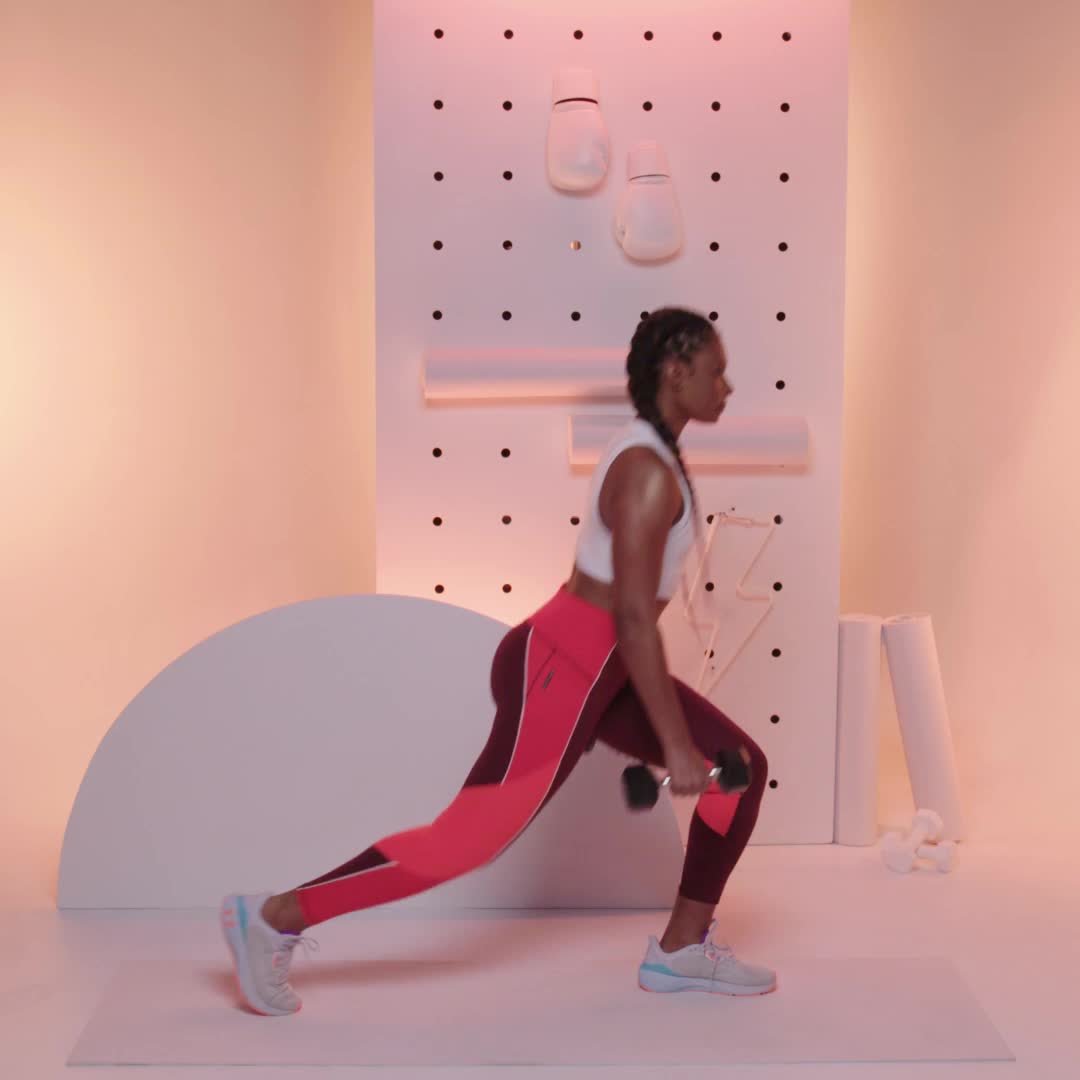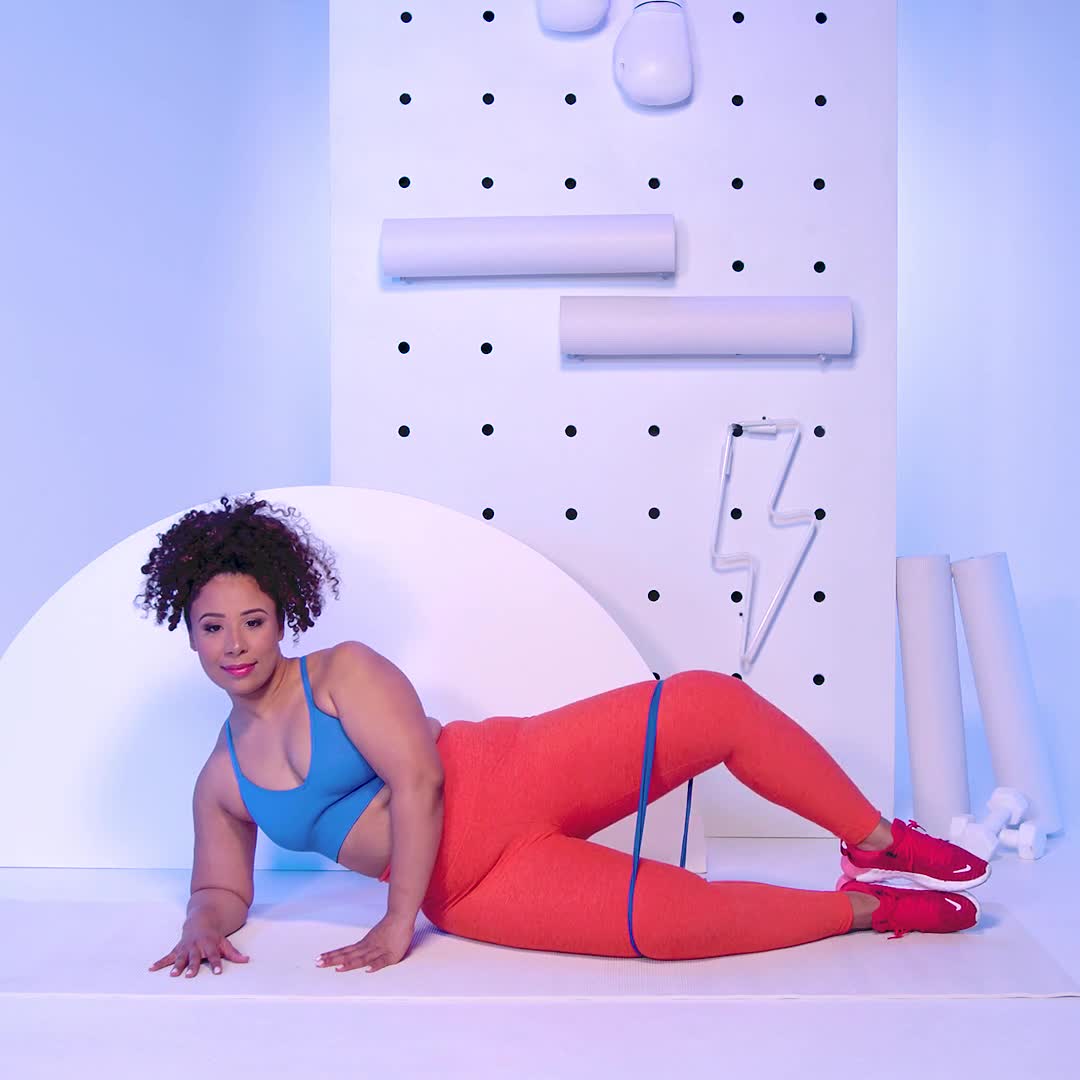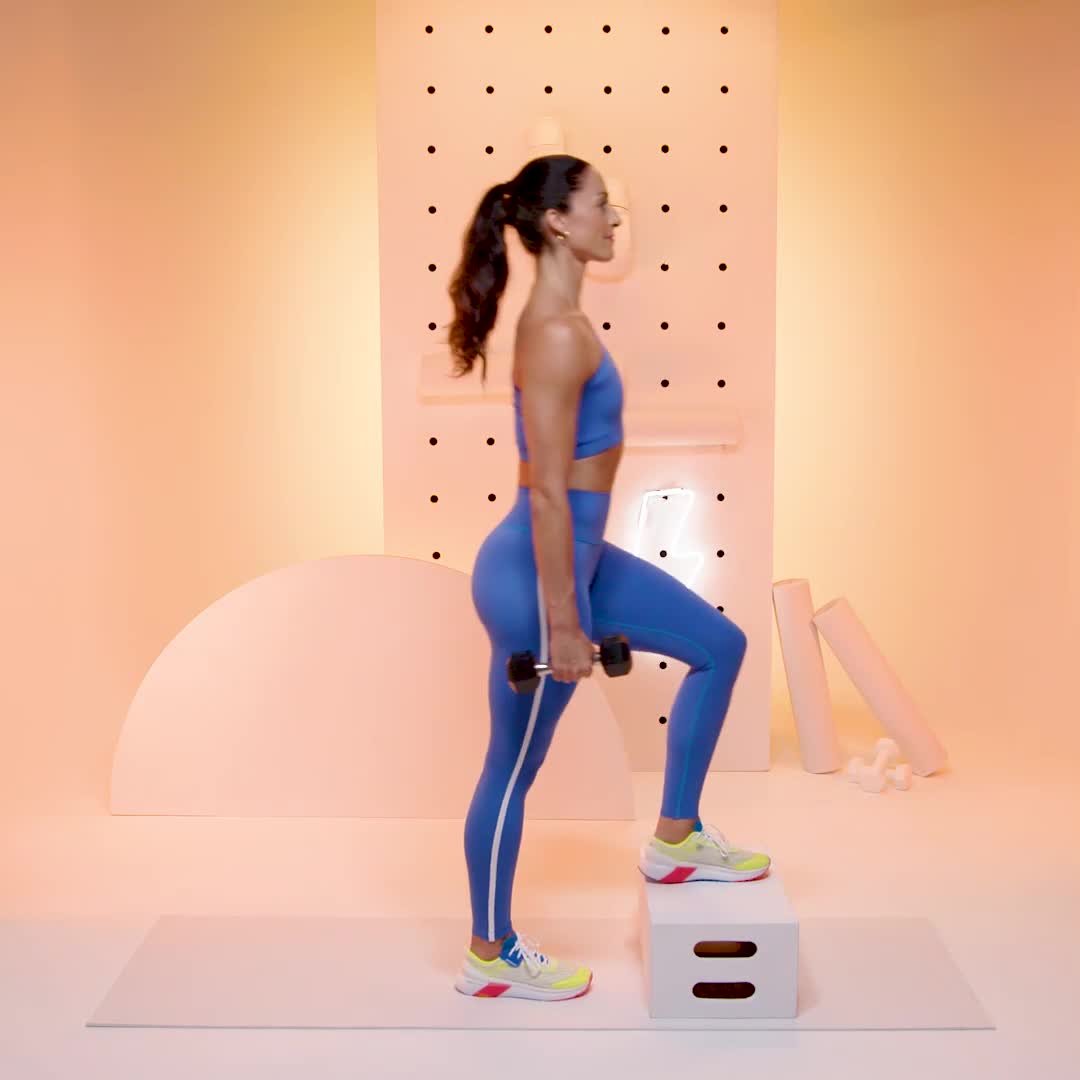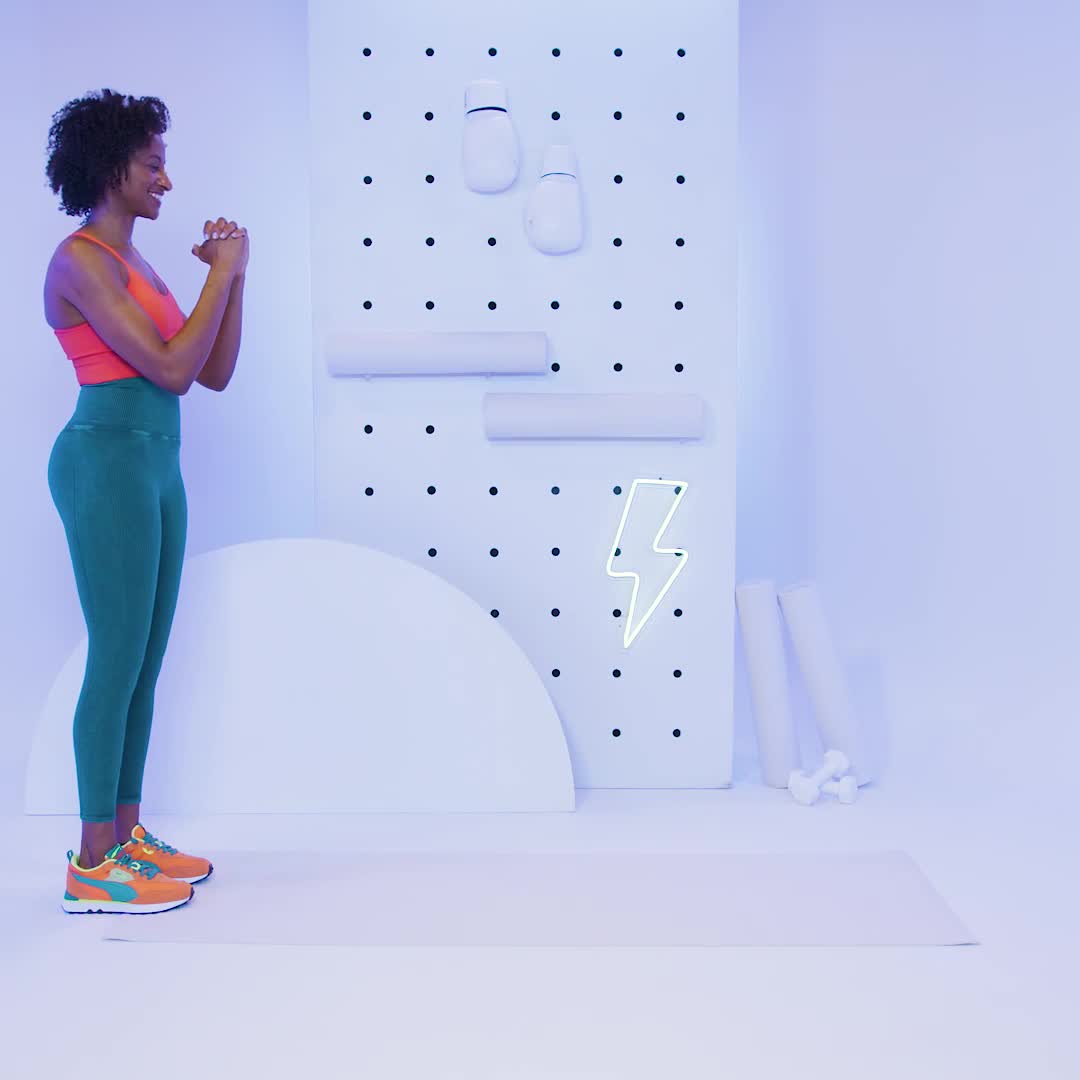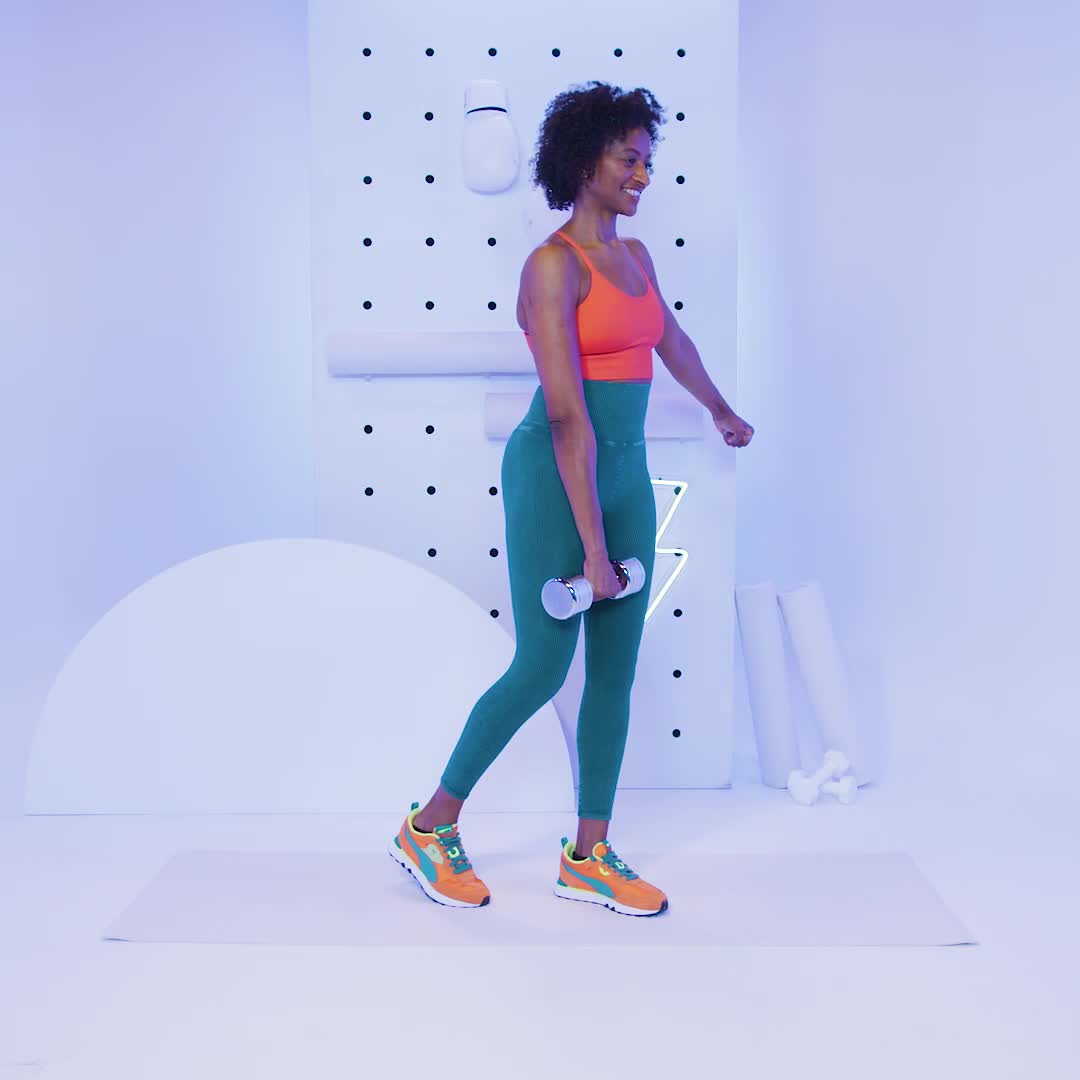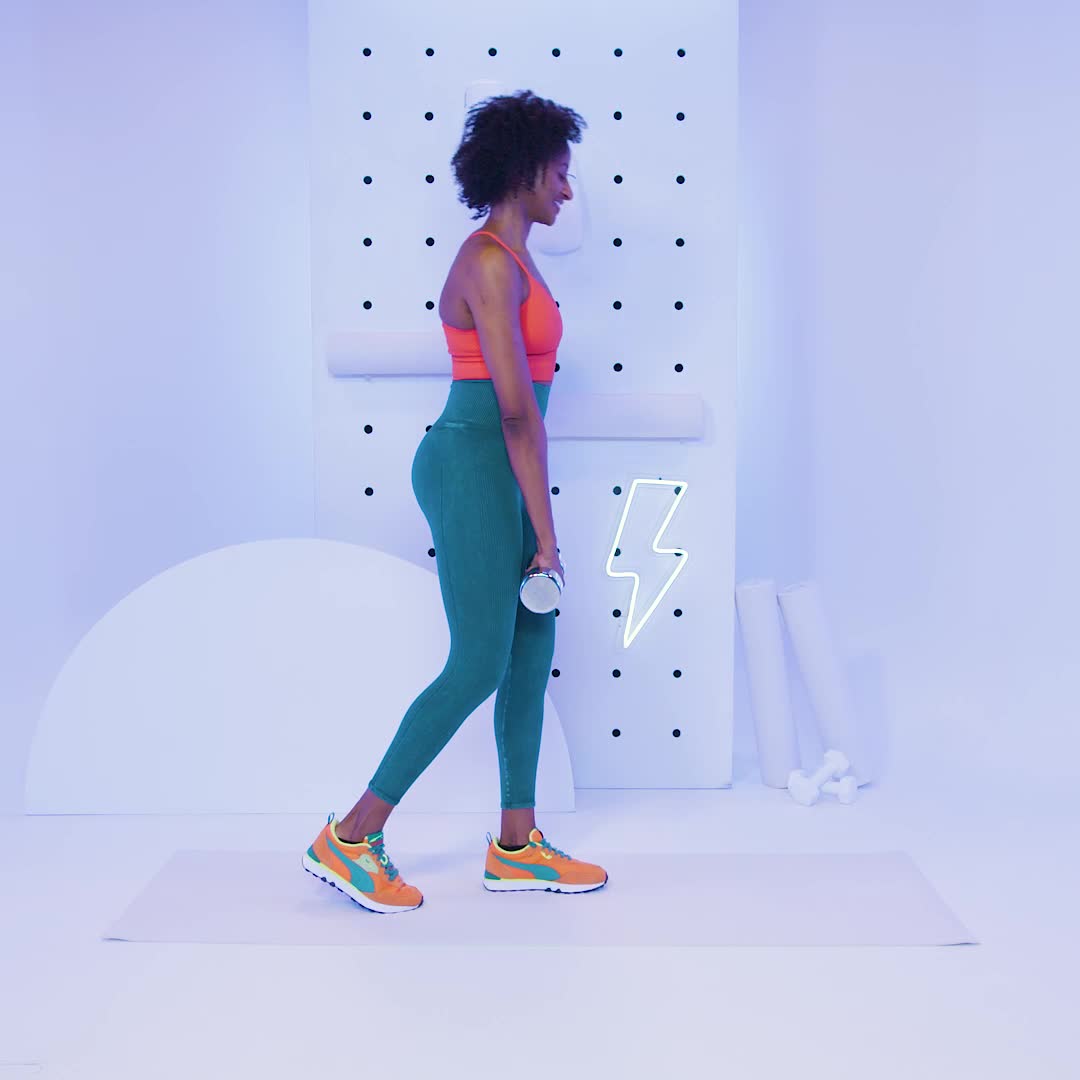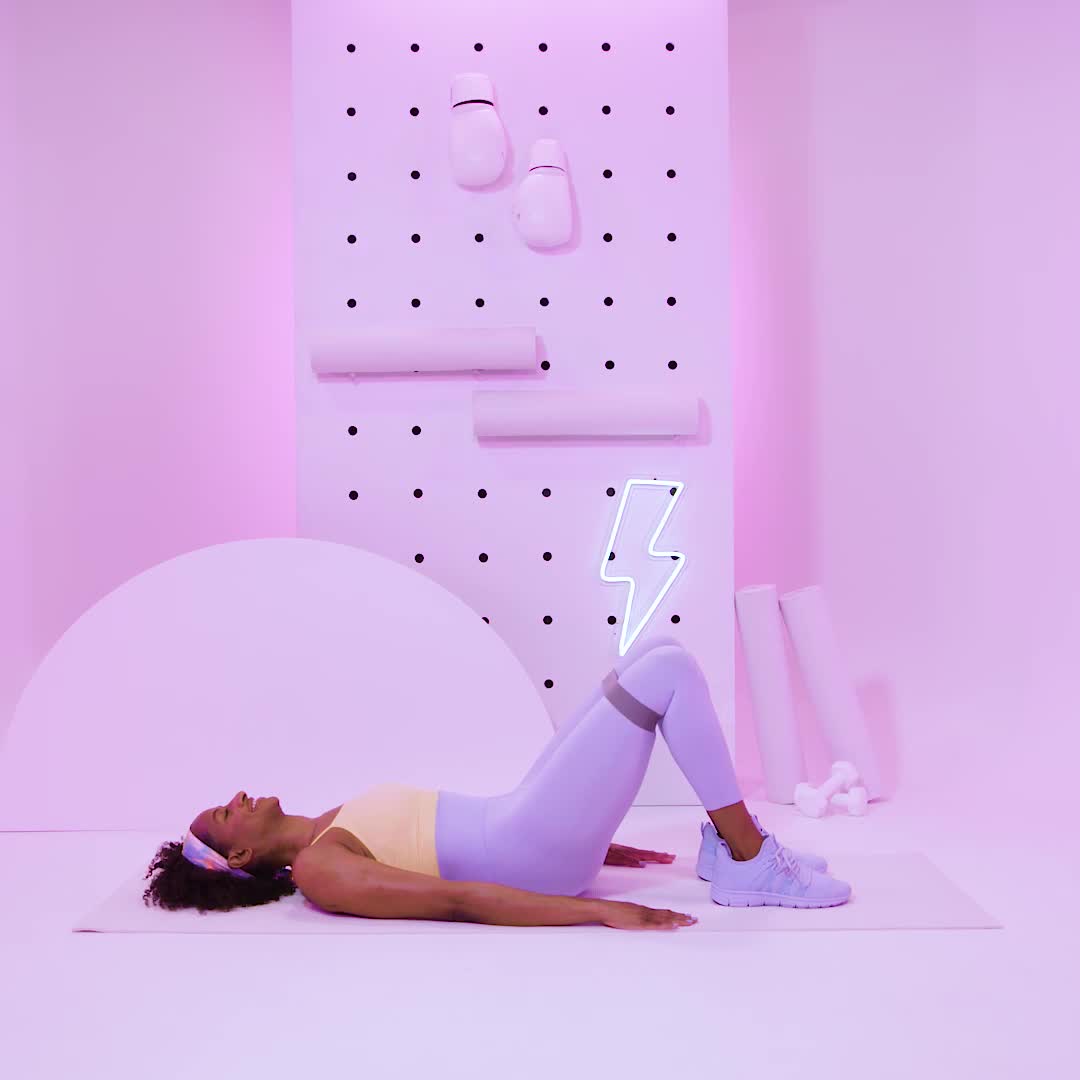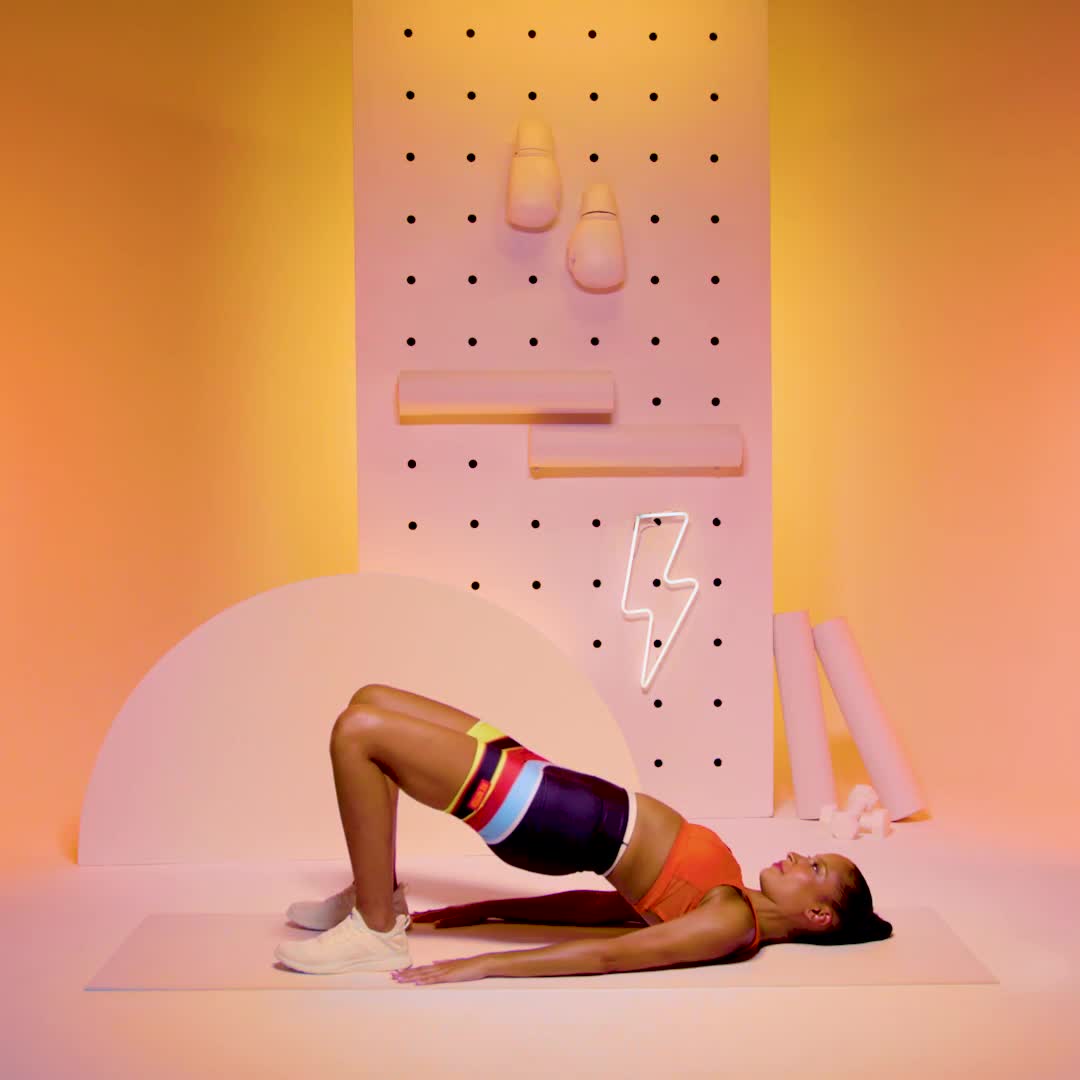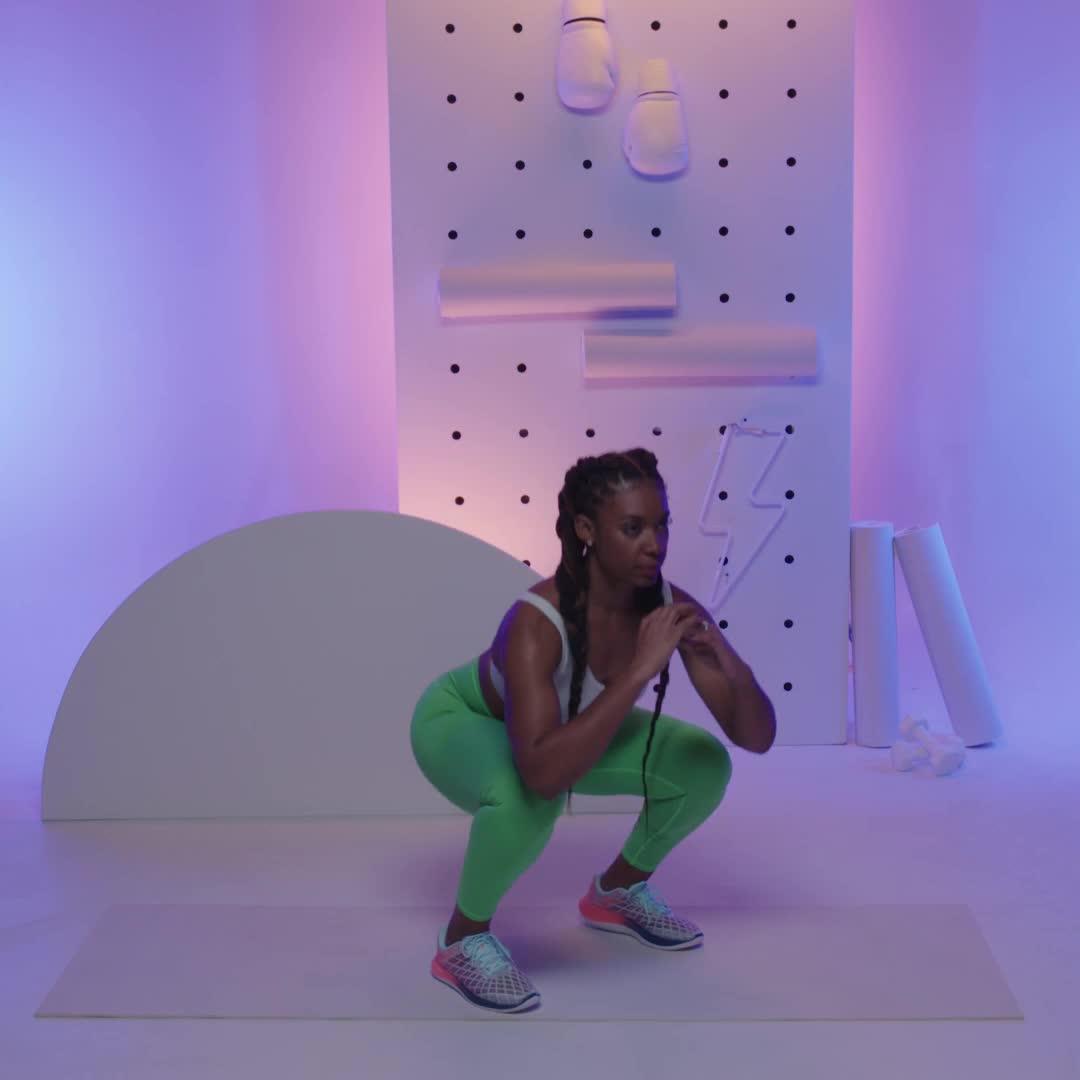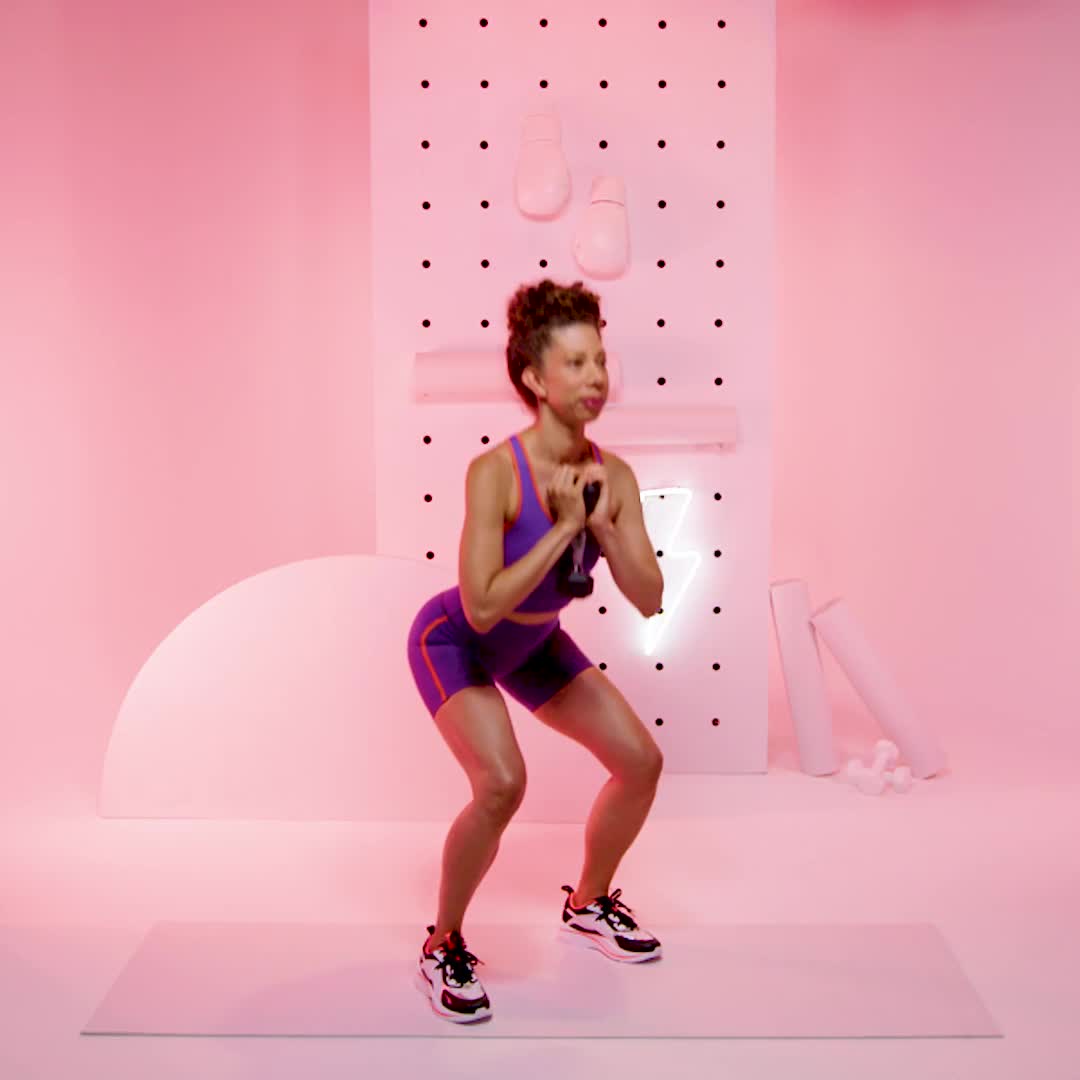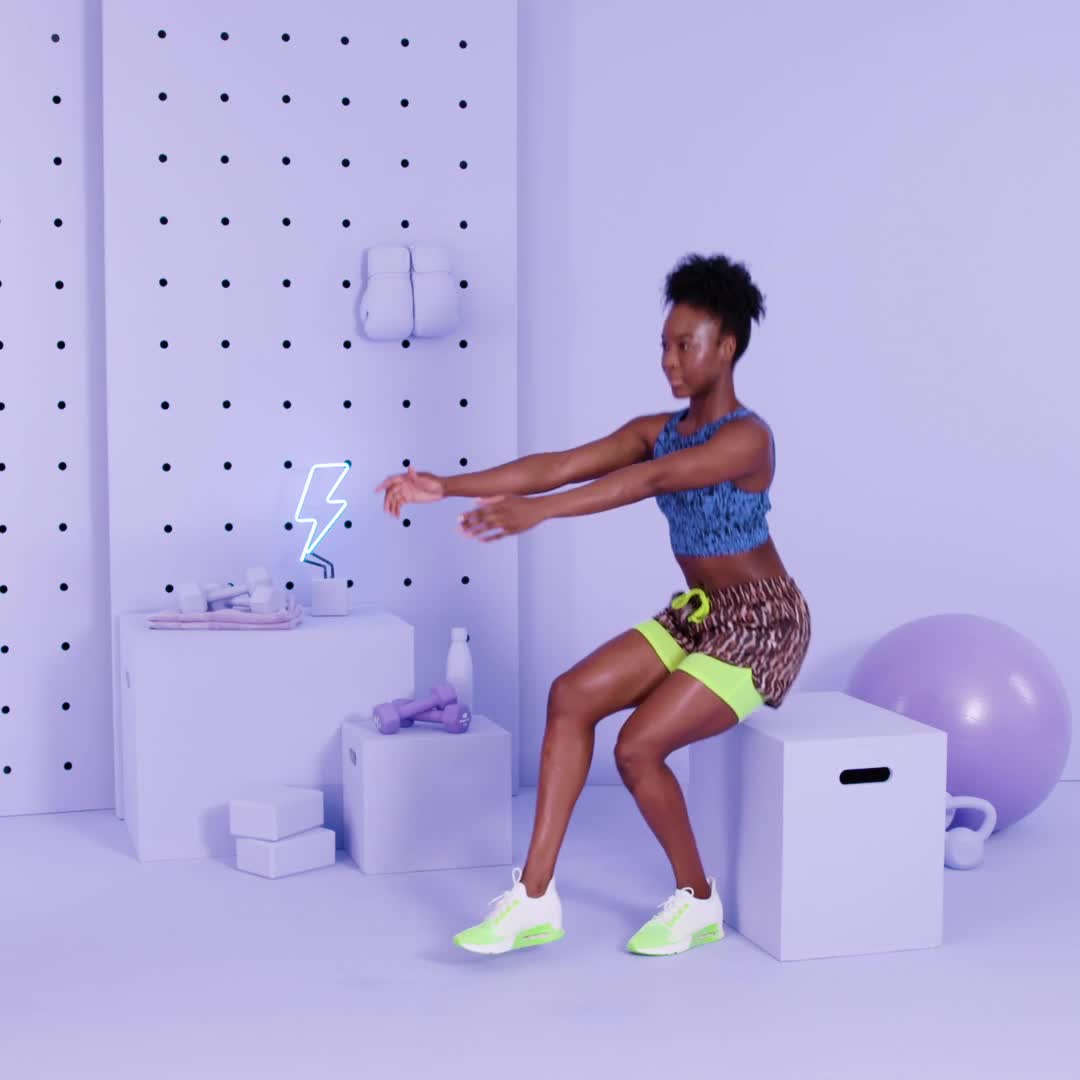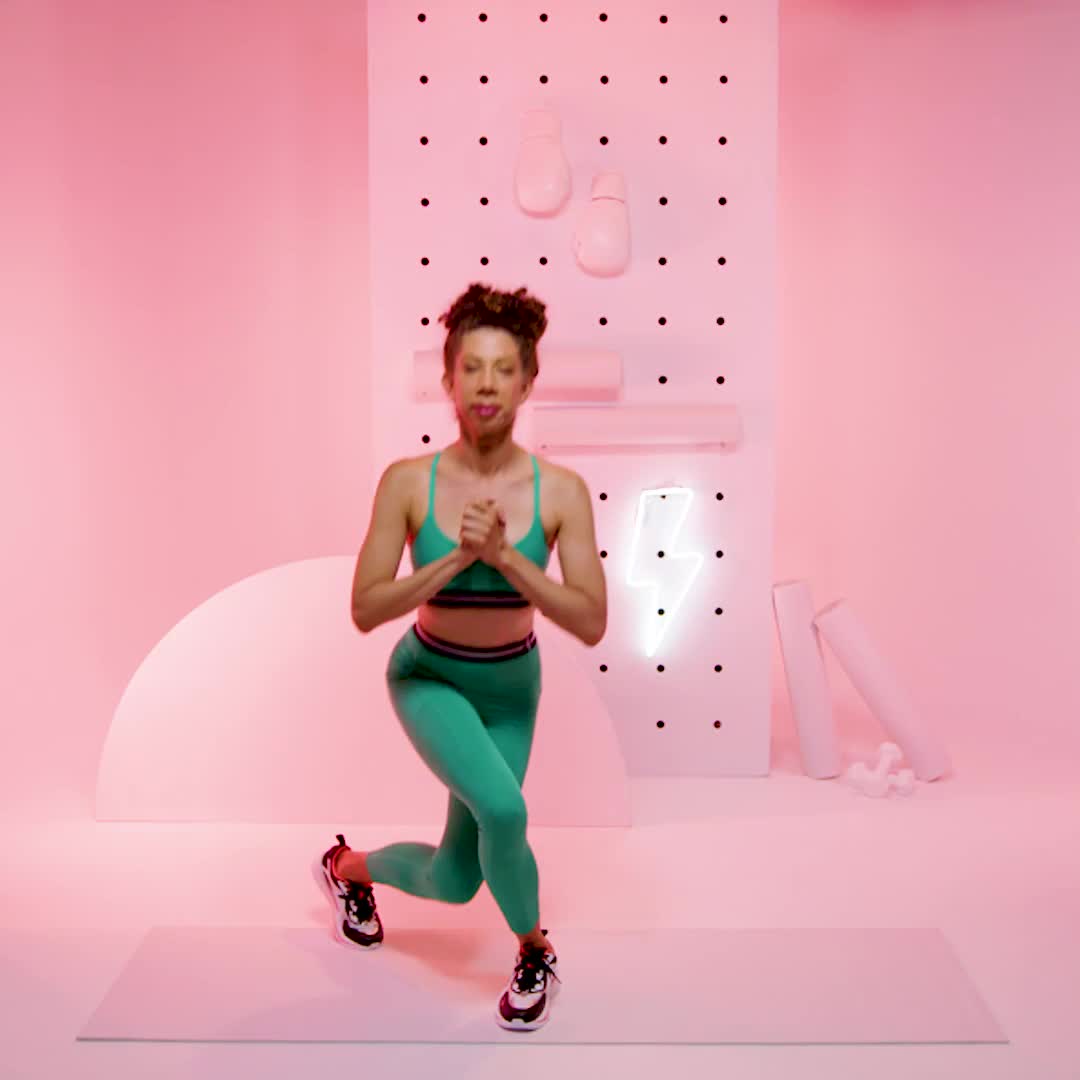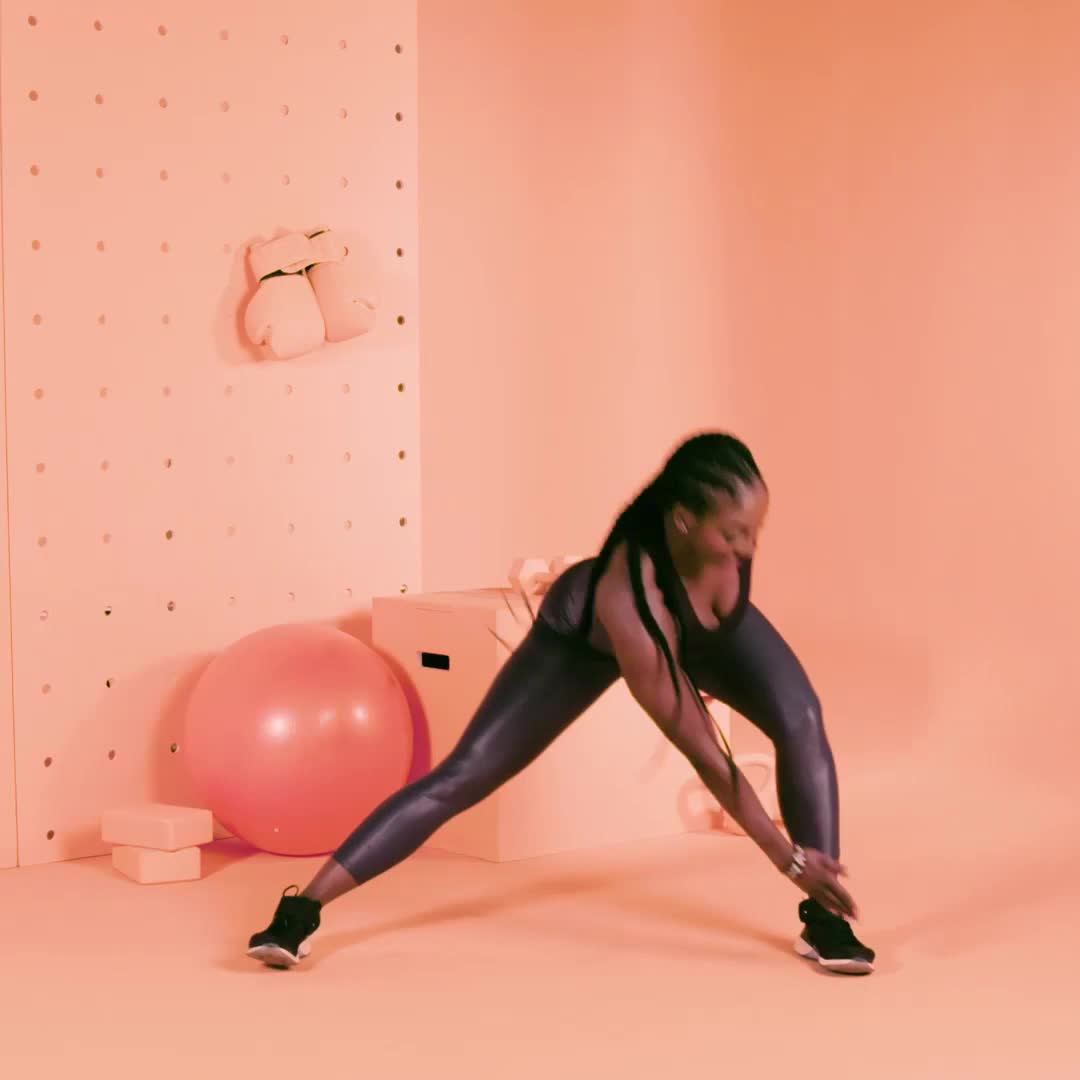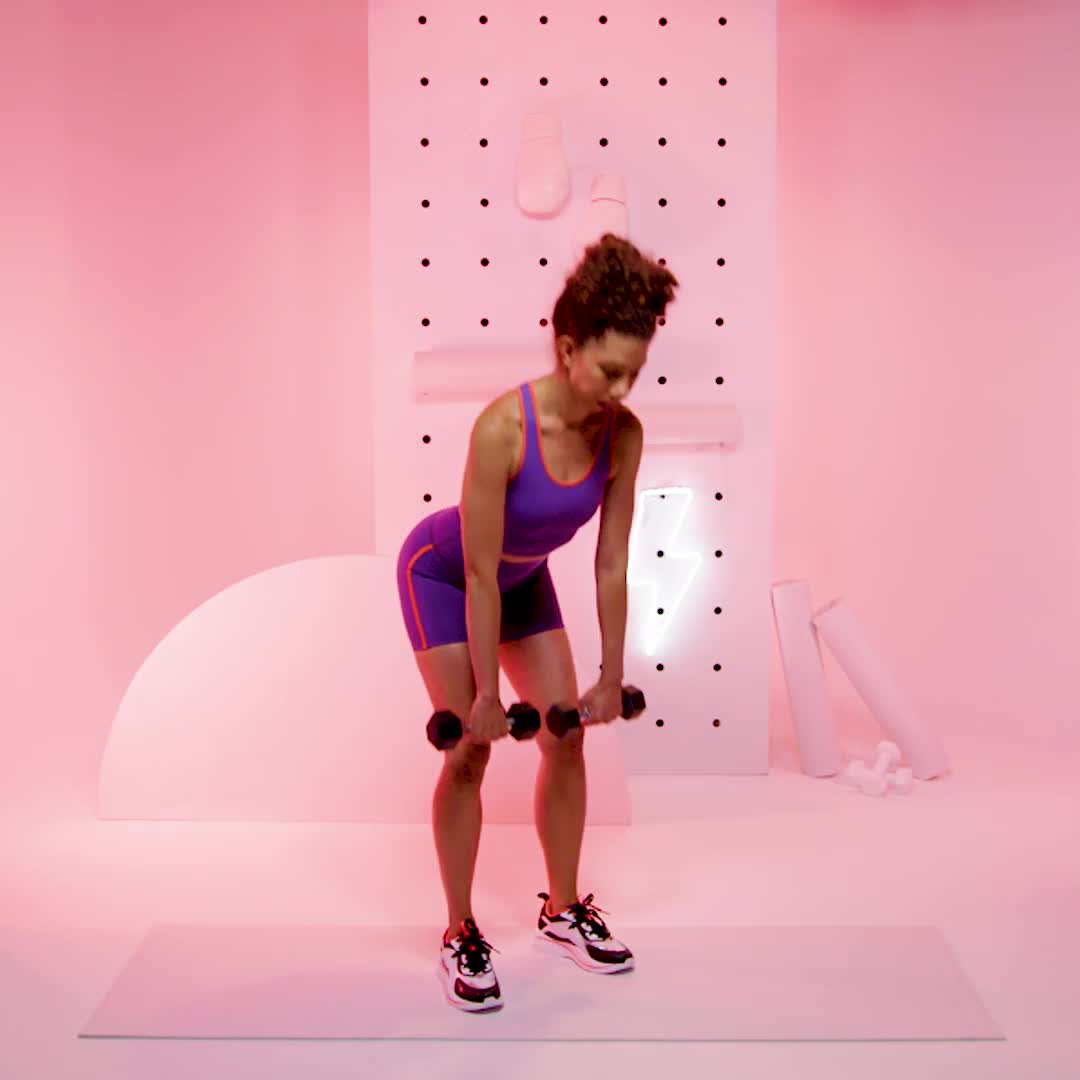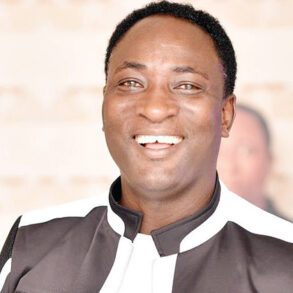I have some awesome news for anyone who enjoys butt exercises. A strong, toned butt is a solid indicator of longevity. Here’s how: Glute strength comes in clutch for injury prevention, functional movement, and maintaining proper posture, which all add up to healthier years. Sitting around on your peach won’t get you those booty gains, but cueing up these rockstar butt exercises will activate and grow ~well-rounded~ glutes.
“As we age, we naturally lose muscle mass and bone density, which can expose a body to injury and pain, but strength training as a whole is vital to mitigate the loss of lean mass,” says Leigh Taylor Weissman, CPT, a certified personal trainer and founder of the Leigh Taylor Method. “Having strong glutes further protects the body from injury and pain as its main job is to support and stabilize your hips, which control knee and ankle movement, as well as your entire trunk from neck to pelvis.”
Meet the experts:
Leigh Taylor Weissman, CPT, is a certified personal trainer, glute specialist, and founder of the Leigh Taylor Method.
Kehinde Anjorin, CFSC, NCSF, is a certified functional strength coach, personal trainer, and founder of PowerInMovement and online streaming fitness service The Power Method.
Toning your booty brings plenty of everyday benefits, too. The glutes contribute to your overall strength, and they help you sit, stand, run, walk, jump, and hike, says Kehinde Anjorin, CFSC, NCSF, a certified functional strength coach, personal trainer, and founder of PowerInMovement. “They play a pivotal role in hip and lower back stability, and they’re also your biggest hip extensors,” she adds.
What’s more, your bum aids in your ability to hinge and squat, while simultaneously working to keep your back strong and pelvis stabilized, helping to lower back discomfort throughout the day, says Anjorin. Plus, strong glutes can make you a better runner—and even help you avoid knee injuries.
Not to mention, strong glutes are especially crucial if you spend most of your day sitting at a desk (hi, same!) with your hips locked in a fixed position, says Weissman.
“Working the glutes, helps realign the body out of this flexed position and can help with imbalances that may have been caused from working at home.”
What are the glute muscles, and how do you work them?
Here’s a quick posterior primer: Your glutes include three distinct muscles: gluteus maximus, gluteus medius, and gluteus minimus. The gluteus maximus is the largest and provides most of the shape of the buttocks, says Anjorin. It also keeps you upright when sitting and standing, and acts as the lower-body power generator allowing you to run, jump, squat and extend or rotate your leg outward and backwards.
Second in command is the gluteus medius, which sits between the gluteus maximus and gluteus minimus, and its main job is to stabilize the pelvis. It also promotes movement of the hip and upper leg including hip abduction, hip external rotation, and hip internal rotation, says Anjorin.
And, you guessed it, the gluteus minimus is the smallest and located right below the gluteus medius. “This muscle helps to produce several movements of the hips and legs including hip extension, hip internal rotation, and hip abduction,” adds Anjorin.
If you’re looking to make major booty gains, variety is key, says Anjorin. Yes, squats will always be a superstar, but incorporating new moves will help you hit all three to tighten, tone, and strengthen *all* the angles.
17 Best Butt Exercises
Now that you have the 411 on the muscles that make up your glutes and what they do, it’s time to get into training specifics. The following are the 17 best butt exercises to try in your next workout. Add one into your lower-body days or string three of your favorite butt exercises together as a DIY glutes workout.
Time: 15 minutes | Equipment: bodyweight (resistance band and dumbbells optional) | Good for: Glutes, butt muscles
Instructions: Choose at least three moves below. Perform 15 reps of each, then continue to the next exercise. Once you’ve completed all movements, rest for up to one minute. Then, repeat three times for four total rounds.
1. Mini Band Kickback
Why it rocks: This is a great exercise to work the glutes in extension unilaterally, says Weissman. “By keeping the hips static and allowing the moving leg to extend away from the body and toward the ceiling, you’ll isolate the glute maximus and feel that burn.”
How to:
- Get on hands and knees, and put one end of the mini band around your right foot, positioning the other end on the left thigh, just above the knee.
- While keeping your abs tight, contract the glutes slowly, and kick the right leg back until it’s straight.
- At full extension, squeeze the glutes for an extra second. Carefully bring it back down. That’s 1 rep.
Pro tip: Weissman suggests adding in isometric holds and holding the leg up for an extended period to increase the time under tension.
➡ Join WH+ today and get unlimited access to digital content, exclusive workouts, and more!
2. Alternating Reverse Lunge
How to:
- Stand with feet hip-width apart and arms at sides. (Option to complete with bodyweight or hold dumbbells, as shown.)
- Inhale and step one leg back, lowering into a lunge by bending both knees about 90 degrees, keeping good posture, and abs engaged. Keep front knee tracking over or slightly in front of ankle.
- Exhale and with control, return to the starting position.
- Repeat with the other leg. That’s 1 rep.
3. Bulgarian Split Squat
Why it rocks: This is one of Weissman’s favorite glute moves for a reason. “You’ll get a lot of bang for that brutal buck,” she says. It targets the lower glute max and glute medius, while also torching the glute minimus when you add slight rotation to the “working hip,” she explains.
How to:
- Stand on right foot, with left knee bent and foot off the ground.
- Bend right knee, extending left leg down until knee is a few inches off the ground, keeping arms out in front of you for balance. (Feel free to use a block or ball as a marker of where knee should land.)
- Slowly return to start. That’s 1 rep. Complete all reps, then switch sides and repeat.
4. Clam Shell
Why it rocks: Clam shells are another great move for hitting the gluteus medius and minimus, says Weissman. Another perk? You’ll also target your inner and outer thighs and engage your pelvic floor.
How to:
- Lie on side, with legs stacked and knees bent at a 45-degree angle with mini resistance band looped above knees.
- Use top arm to keep you stable and keep hip bones stacked on top of one another.
- Engage core to stabilize spine and pelvis, keep feet touching, and raise upper knee as high as you can without shifting hips or pelvis. Keep your lower leg on the floor.
- Pause, and then return upper leg to the starting position on the ground. That’s 1 rep.
- Complete all reps, then switch sides and repeat.
Pro tip: The mini resistance band around your thighs increases resistance and adds a major burn, says Weissman.
5. Hip Thrust
Why it rocks: Hip thrusts are the same concept as a glute bridge, but on an elevated surface, says Weissman. “This allows for the glutes to go through their full range of motion and is the most effective exercise for glute growth, especially for the gluteus maximus.”
How to:
- Place your upper back (lower scapula) against the edge of a bench (in the center of the bench) with your knees bent and feet slightly wider than hip-distance apart.
- Squeeze the glutes, engage the core, and lift your hips until they are in line with the shoulders and knees. Keep your ribs down (don’t arch your back) and chin slightly tucked or head at neutral.
- Pause, then return to the starting position. That’s 1 rep.
6. Step Up
Why it rocks: This move works the glutes and includes a stabilizing challenge. “By adding a stabilizing element, you take some of the load away from the glute medius, however it will target the lower glute maximus much more effectively,” says Weissman.
How to:
- Stand facing a box, step, or stairs, and hold the dumbbells at sides.
- Place left foot on the bench, and keep right foot on the floor.
- Pushing through left foot, lift body up until you’re in a standing position at the top of the bench. Drive right knee up until it forms a 90-degree angle.
- Pause, then reverse the motion to return to start. That’s 1 rep. Complete all reps, then switch sides and repeat.
7. Walking Lunges
Why it rocks: “A walking lunge is the best exercise to mimic your gait (walk) and target the glutes to support that movement,” says Weissman. “You can work so many muscles that help stabilize the hips and pelvis while performing it, and there’s an aerobic component that you may not get in other exercises.”
How to:
- Start standing with feet together holding a pair of weights at shoulder height, elbows bent in front of body.
- Step right foot forward and bend knees to lower down into a lunge, stopping when both legs form 90-degree angles.
- Press through the right heel to stand and step left foot forward, lowering into a lunge. That’s one rep.
Pro tip: Walking lunges are a great workout finisher to totally toast the muscle, says Weissman. “You are alternating the load from one hip to the other, giving you a small but very necessary ‘rest’ or reset on one side.”
8. Single-Leg Deadlift
Why it rocks: This is a golden butt exercise for a reason: It works the glute maximus and glute medius, says Weissman. Plus, this move is a killer way to improve your stability and train unilateral strength, she adds.
How to:
- Start standing on left leg with right leg slightly back behind body and resting on the floor, right hand holding a dumbbell, and left arm extended at side.
- Engage abs and slowly lean forward, lifting right leg straight back behind your body and lowering torso toward floor until both are parallel to ceiling and right hand/dumbbell is almost touching floor.
- Drive into right heel to return to the starting position. That’s 1 rep. Complete all reps, then switch sides and repeat.
9. Supported Single-Leg Deadlift
Why it rocks: This move is a bilateral exercise since you’re using the back leg to stabilize the front leg and hip, says Weissman. You can also adjust how much weight is on the side you are targeting by elevating your opposite heel, she adds.
How to:
- Start standing on left leg with a weight in right hand, arm extended straight and weight in front of thighs, palm facing toward body, left arm by side and right leg straight and a few feet behind body with heel high (like a kickstand).
- Keep a slight bend in the left knee, then lean forward, hinging at the hips with a flat back while lowering the weight toward the floor.
- Drive into the left heel to return to the standing position. That’s 1 rep. Complete all reps, then switch sides and repeat.
10. Banded Glute Bridge
Why it rocks: Glute bridges are one of Weissman’s favorite exercises for glutes because they work the muscles in the concentric phase. “The glutes love the shortened position, that tight squeeze you feel when you clench them, and loading the hips in this capacity will be a winning ticket to the gains.”
How to:
- Wrap a resistance band around thighs, then lie down with knees bent, feet flat on the floor, and arms by sides on floor.
- Engage core, then press into heels and squeeze glutes to raise hips toward the ceiling—maintain tension on the band the whole time.
- Hold the position for a second before lowering to start. That’s 1 rep.
11. Glute Bridge March
Why it rocks: The glute bridge is a great move for working on your hip extension, says Weissman. You’ll also feel a little burn in your abs since maintaining the bridge requires core stability and strength.
How to:
- Start lying on back with knees bent and feet flat on the floor, hip-width apart.
- Engage core, then press into heels and squeeze glutes to raise hips until body forms a straight line from knees to shoulders.
- Lift right knee toward chest. Pause, then lower right foot.
- Repeat with the other leg. That’s 1 rep.
12. Bodyweight Squat
Why it rocks: This variation without added weight is great for beginners to perfect form. It still works all three muscles of the glutes.
How to:
- Stand with feet hip-width apart and arms at sides.
- Push hips back and bend knees to lower into a squat, lowering until thighs are at least parallel with the floor.
- Press through heels and push yourself back to stand. That’s 1 rep.
13. Goblet Squat
Why it rocks: The goblet squat is another killer booty move because it works the hips in flexion and abduction which targets all three muscles of the glutes, says Weissman. The added weight also adds more tension to the glutes as the hips have to travel back and hinge to execute, she adds.
How to:
- Stand with feet hip-width apart and hold a weight in front of your chest, elbows pointing toward the floor.
- Push hips back and bend knees to lower into a squat.
- Push yourself back to start. That’s 1 rep.
14. Single-Leg Box Squat
Why it rocks: A unilateral squat is an advanced exercise since it requires balance, stability, and coordination, while simultaneously torching your glutes, says Weissman. It’s also a knee dominant move, so you can ease into it with a higher box to nail the movement pattern and build strength, she adds.
How to:
- Start standing facing away from a box (or chair) with weight in left foot, right foot hovering, and arms at sides.
- Engage core, bend left knee, and push hips back to sink down into a single-leg squat until butt touches box, simultaneously extending arms out straight in front of body and right foot out slightly for balance.
- Once your butt taps the box, press through your left foot to return to standing position. That’s 1 rep. Complete all reps, then switch sides and repeat.
15. Curtsy Lunge
Why it rocks: A curtsy lunge works the entire glute maximus, says Weissman. “What makes this exercise unique is that the moving leg travels behind the hip in the frontal plane following the glutes’ natural fibers. By moving the leg behind and to the side of the body, you’re working the front hip in a way that is unlike most other glute building movements.”
How to:
- Start standing tall with feet under hips and arms clasped in front of the chest.
- Engage your core, lift your right foot off the floor, and take a big step back and to the outside of your left foot.
- Then, bend at the knees until the right knee taps the floor behind the left foot.
- Drive through feet to reverse the movement and return to starting position. That’s 1 rep.
16. Lateral Lunge with Reach
Why it rocks: This move works the trio of glutes, and is another frontal plane exercise that helps create a well-rounded routine, says Weissman. “When designing a routine, having exercises that work in multiple planes of motion, front to back, and side to side, will ensure you are targeting all the major muscles in the glutes.”
How to:
- Stand with your feet wider than shoulder-width apart, hands at your side.
- With your right hand, reach down toward your foot, lowering your body until your left knee is bent 90 degrees.
- Immediately repeat on the other side. That’s 1 rep.
17. Romanian Deadlift
Why it rocks: A Romanian deadlift is a bilateral hip dominant exercise and one of Weissman’s top moves for glute hypertrophy. “This is one of the big lifts that you can load up, which is an important variable when growing the glutes.”
How to:
- Start standing with feet hip-width apart, knees slightly bent, holding a pair of weights in front of thighs, palms facing body.
- Keeping knees slightly bent, press hips back as you hinge at the hips and lower the weights toward the floor.
- Squeeze glutes to return to standing. That’s 1 rep.
How To Build A Bigger Butt
If your goal is to grow your glutes, Weissman says there are three non-negotiable moves for a bigger booty: hip thrusts, Romanian deadlifts, and squats. “We want to prioritize [these three moves] as a means to grow the glutes because they are the ones we can load the most,” she explains.
The hip thrust is one of the few exercises where you can significantly load the glutes in the shortened position (when the glutes are contracted or squeezed), says Weissman. “Here you will mostly be targeting the middle glute max and some glute medius, especially if you are performing the exercises with external rotation (with your hips open and feet pointed heels in and toes out).”
Romanian deadlifts are another maximizing glute move because they’re a hip dominant exercise that will target the gluteus maximus and medius, explains Weissman. “Unlike the hip thrust, this exercise will largely hit the lower portion of your glutes, and work them in the lengthened position, when they are stretched.”
Lastly, the squat is another fantastic compound lift to load the lower glute max in the lengthen position as you move into the end range (the deep portion of the squat), says Weissman. “Pushing the hips back into flexion and letting the torso fold slightly will load more of those booty fibers as you bend the knees to get depth.”
Want to make butt exercises more effective? You must progressively overload (challenge yourself more) over time, Weissman says. Here are three ways to do that:
- Load: Increase the weight.
- Volume: Increase the number of reps per set (volume).
- Time under tension: Increase the amount of time spent under the load and holding position.
Finally, if you want a bigger butt, you have to “eat for your goals,” says Weissman. “Strength training is number one, but without the diet to support the work your gains will be hard to achieve.” Prioritize eating protein after your lifts to ensure you’re getting enough nutrients to support muscle growth, she adds.
Andi Breitowich is a Chicago-based writer and graduate student at Northwestern Medill. She’s a mass consumer of social media and cares about women’s rights, holistic wellness, and non-stigmatizing reproductive care. As a former collegiate pole vaulter, she has a love for all things fitness and is currently obsessed with Peloton Tread workouts and hot yoga.

Jennifer Nied is the fitness editor at Women’s Health and has more than 10 years of experience in health and wellness journalism. She’s always out exploring—sweat-testing workouts and gear, hiking, snowboarding, running, and more—with her husband, daughter, and dog.
This post was originally published on this site be sure to check out more of their content.






